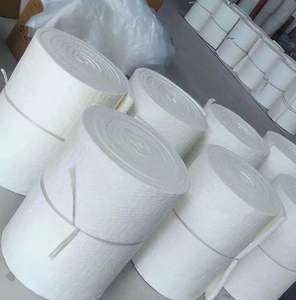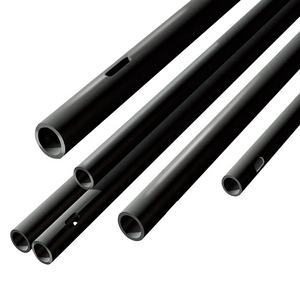Professional industry ceramic supplier, silicon nitride, silicon carbide, aluminum nitride and any other kinds of ceramics.
PRODUCT PARAMETERS
Description
Overview of High Temperature Resistance Alumina Refractory Brick for Industry Furnace
High Temperature Resistance Alumina Refractory Brick for Industry Furnace are non-metallic substances designed to withstand extreme temperatures exceeding 1,000°C, along with harsh chemical and physical stresses. They are essential for the inner linings of industrial furnaces, kilns, reactors, and incinerators, providing critical thermal insulation and structural integrity in processes ranging from metal and glass manufacturing to power generation.
Features of High Temperature Resistance Alumina Refractory Brick for Industry Furnace
-
High-Temperature Resistance: Maintain structural strength and stability at temperatures often exceeding 1500°C.
-
Excellent Thermal Shock Resistance: Withstand rapid heating and cooling cycles without cracking or spalling.
-
Chemical Inertness: Resist corrosion and degradation from slags, molten metals, and acidic or basic environments.
-
High Mechanical Strength: Possess considerable load-bearing capacity at operating temperatures.
-
Low Thermal Conductivity: Provide effective insulation to improve energy efficiency and protect furnace structures.
-
Abrasion Resistance: Withstand erosion from solid materials and gas flows.
Specification of High Temperature Resistance Alumina Refractory Brick for Industry Furnace
Spec of Heat Resistance Alumina Refractory Block for Market Heating System
These blocks are produced extreme warm. They manage severe temperatures inside market heating systems. The primary material is alumina, Al2O3. High alumina web content makes them hard versus warm. Alumina levels are generally in between 70% and 90%. Greater alumina suggests far better efficiency in severe warm. Optimum service temperature commonly reaches 1650 ° C to 1800 ° C. Some top qualities go even hotter.
They are thick blocks. Density is important. It aids the brick withstand wear and chemical strike. It likewise helps store heat energy effectively inside the heater chamber. High compressive toughness is key. It implies the blocks can birth hefty loads without breaking. They support furnace structures and stock products. Heating system linings face constant stress and anxiety.
Thermal shock resistance matters a great deal. Heating system temperature levels alter fast. Blocks heat up and cool down quickly. Excellent thermal shock resistance quits splits from creating. These blocks handle unexpected temperature level shifts far better than several others. This function extends heater lining life. It reduces costly downtime for repairs.
Chemical security is one more big advantage. Alumina bricks resist strike from lots of heating system environments. They stand up well versus standard slags and antacids. This is important in procedures like steelmaking or concrete production. Deterioration damages lower cellular linings fast. Alumina bricks last longer.
Their refractoriness under tons (RUL) is high. This measures how well the brick maintains its shape under high heat and stress. It shouldn’t soften or flaw. High RUL makes certain the furnace lining keeps steady. Architectural stability is preserved throughout procedure.
Low porosity is a vital feature. Less open pores indicate much less opportunity for molten materials or gases to leak within. This decreases erosion and chemical penetration. It shields the brick structure. It likewise improves overall durability.
People utilize these blocks in essential heater zones. Typical places are the hearth, reduced stack, and heater areas. They are likewise utilized in rotary kilns and various other high-wear areas. Proficient individuals install them very carefully. Appropriate setup makes certain maximum performance and lifespan. They are important for effective, reliable furnace operation.
Applications of High Temperature Resistance Alumina Refractory Brick for Industry Furnace
High temperature resistance alumina refractory bricks deal with extreme warmth in industrial furnaces. They are made primarily from aluminum oxide. This product provides solid power against very heats. These bricks do not thaw or break down quickly. They keep their shape and toughness also under challenging problems. This makes them essential for many demanding heater applications.
Steel manufacturing depends greatly on these bricks. You find them lining blast heating systems. They hold up against the extreme heat needed to melt iron ore. They also line standard oxygen furnaces and electric arc heating systems. These areas include extreme temperature levels and chain reactions. The bricks resist both the warmth and the corrosive slag. This safeguards the furnace structure. It likewise helps the steelmaking procedure run smoothly.
Glass production heaters need these blocks too. The melting containers obtain extremely warm. Molten glass is extremely hostile. Alumina blocks give a steady, safety lining. They stand up to the continuous attack from the hot, liquid glass. This protects against contamination. It makes certain the heating system lasts longer. Constant furnace procedure is essential for glass quality.
Non-ferrous metal smelters use these bricks. Heating systems for copper, aluminum, and zinc encounter extreme heat and chemical corrosion. Alumina blocks provide dependable security. They line vital areas like the smelting area and flues. Their security prevents leakages and architectural failures. This shields the heating system and the product within.
Chemical and petrochemical plants also rely on these blocks. High-temperature activators and radicals require reliable linings. Alumina bricks deal with the warm and the chemical environments. They stand up to responses with gases and liquids inside these units. This safety and security is important for avoiding mishaps. It additionally aids keep effective production. Nuclear power plant utilize them in waste incinerators and boilers. They safeguard walls and essential components. The blocks sustain high warm and flying ash. This lowers upkeep demands and downtime.
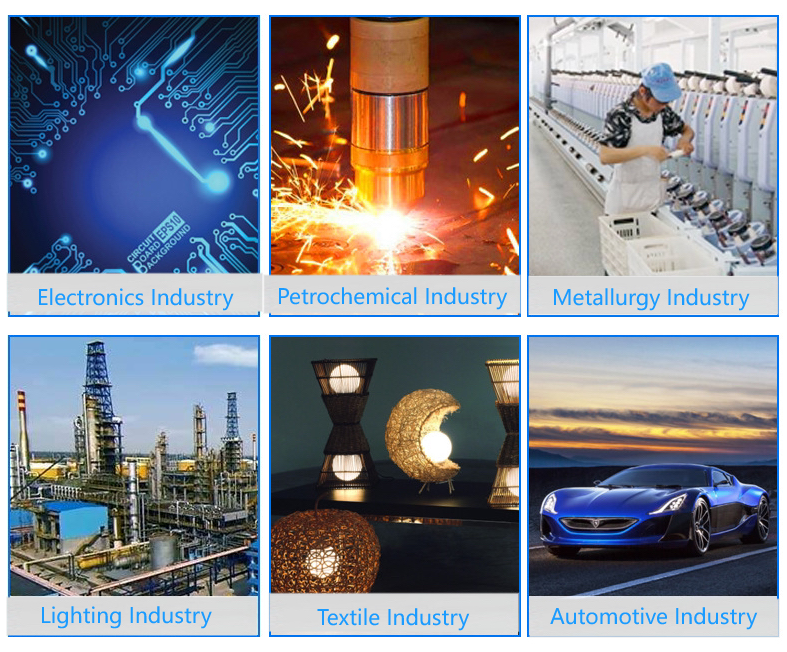 Company Profile
Company Profile
Tanki New Materials Co.Ltd. focus on the research and development, production and sales of ceramic products, serving the electronics, ceramics, chemical and other industries. Since its establishment in 2015, the company has been committed to providing customers with the best products and services, and has become a leader in the industry through continuous technological innovation and strict quality management.
Our products includes but not limited to Aerogel, Aluminum Nitride, Aluminum Oxide, Boron Carbide, Boron Nitride, Ceramic Crucible, Ceramic Fiber, Quartz Product, Refractory Material, Silicon Carbide, Silicon Nitride, ect. please feel free to contact us.
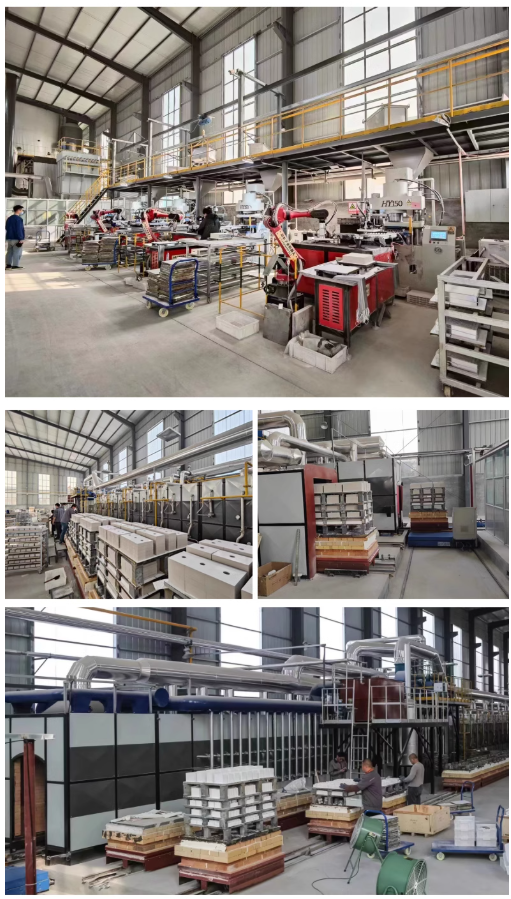 Payment Methods
Payment Methods
T/T, Western Union, Paypal, Credit Card etc.
Shipment Methods
By air, by sea, by express, as customers request.
5 FAQs of High Temperature Resistance Alumina Refractory Brick for Industry Furnace
What temperatures can these alumina bricks handle?
Alumina refractory bricks withstand very high heat. They typically resist temperatures from 1750°C to 1790°C. This depends on the exact alumina content. Higher alumina means better temperature resistance. They are perfect for extreme furnace zones.
Are they resistant to chemical attacks?
Yes. These bricks excel against chemical corrosion. Their dense structure fights off acids, alkalis, and slags. This protects the furnace lining. It prevents early breakdown. Choose high-alumina types for harsh chemical environments.
What makes them last long in furnaces?
Several factors give them long life. They resist thermal shock well. Sudden temperature changes cause less damage. They also endure physical wear and abrasion. Their strength stays high even under heavy loads. Proper installation is vital too.
How should they be installed correctly?
Installation matters greatly. Cut bricks precisely to fit tight joints. Use special refractory mortar designed for high heat. Follow the furnace maker’s layout plan exactly. Incorrect fitting causes weak points. Weak points lead to cracks and failure.
Are they cost-effective despite the price?
Yes. The initial cost is higher than some bricks. Their performance justifies it. They last much longer before needing replacement. This cuts furnace downtime. It reduces maintenance costs significantly over time. They offer real value for demanding applications.
REQUEST A QUOTE
RELATED PRODUCTS
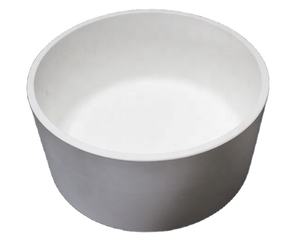
Custom Manufacturing Heat Resistant Refractory Ceramic Tiles
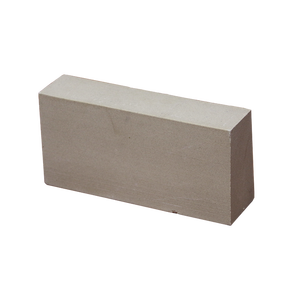
Refractory Ceramic Fiber Sleeve Insulation Ceramic Pipes & Tubes
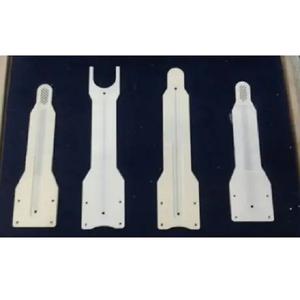
Insulation 2600F (2300F)1260 Ceramic Fiber Blanket For Refractory Insulation
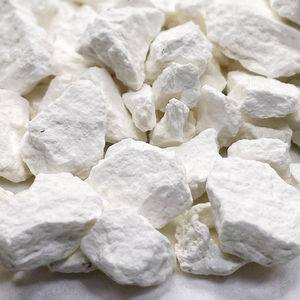
Refractory Material Fire Clay Brick SK30 SK32 SK34 Yellow Alumina Fire Resistant Clay Brick Kiln
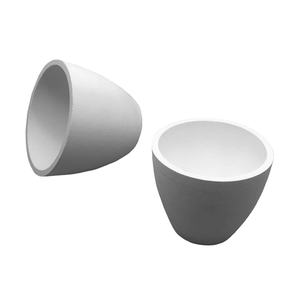
Fireproof Cement Low Alumina Content Refractory High Alumina Castable
